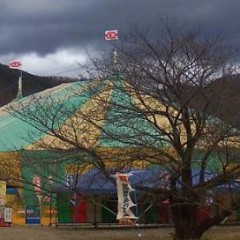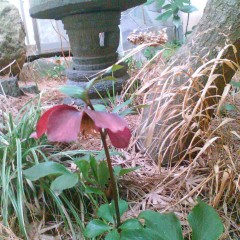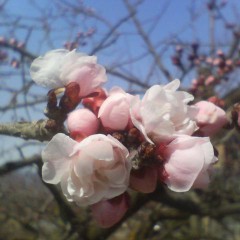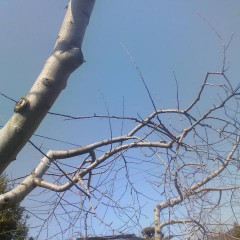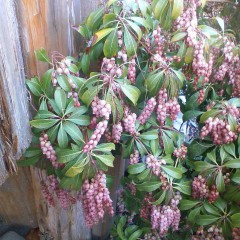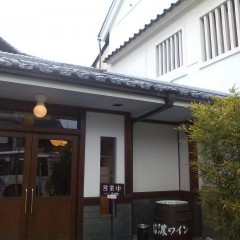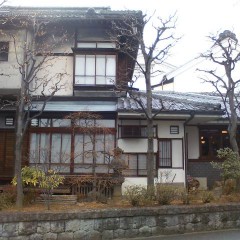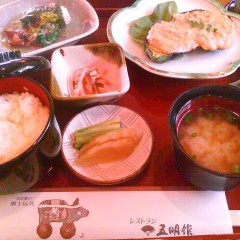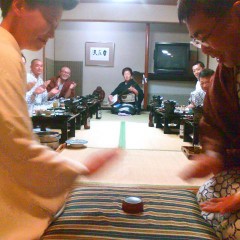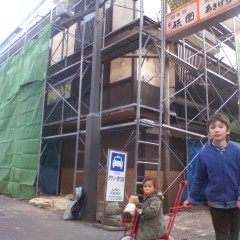アメリカでサーカスは大体いつもテントでやります。日本もそうみたいです。キグレ新サーカス長野版は今週末から始まっています。今日、会場を通ってみました。こんなでかいテントが張ってありました。うちの子供たちは早速入ってみました。ショーがとても楽しかったようです。1ポイント・アドバイス:自由席はテントのポールや線のせいで見づらいなので指定席は高くつくけどその分の価値がある。
There's something about the circus and tents. Back in the States, people usually do a circus in a huge tent. Japan seems to follow that tradition here. The Kigure New Circus opened their Nagano run this weekend, to huge crowds. One piece of advice, though, the open seating sections have blocked views - it's worth the extra money to upgrade to the reserved seats.
Kigure New Circus長野は戸倉上山田温泉から車で10分です。又はしなの鉄道の新しい千曲駅からシャットルバスが動いています。
The circus is about 10 minutes by car from Togura Kamiyamada Onsen, or there are shuttles running from the new Shinano Railway "Chikuma Station".
Kigura サーカスHPはこちらClick here for the Kigure New Circus website
